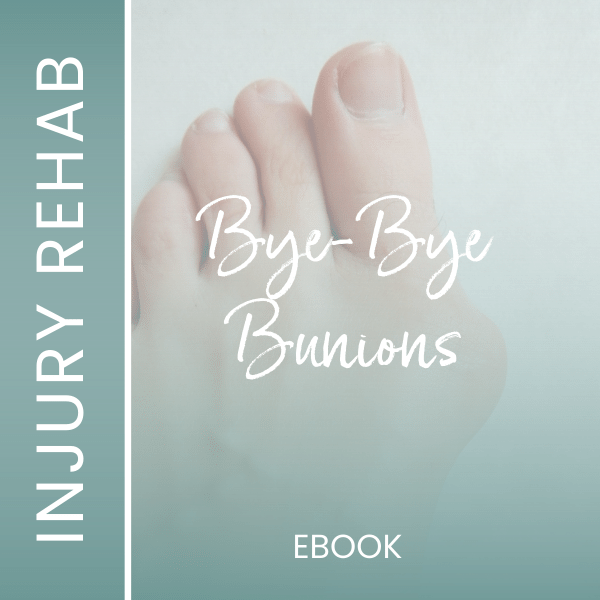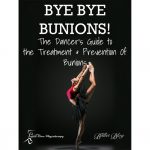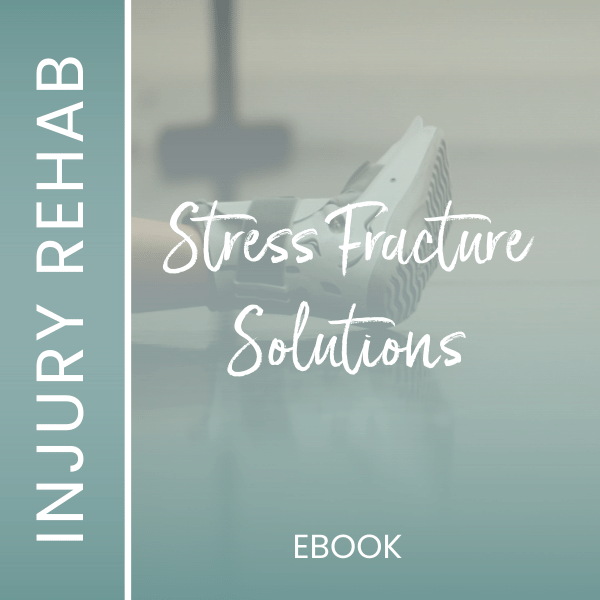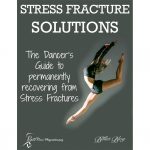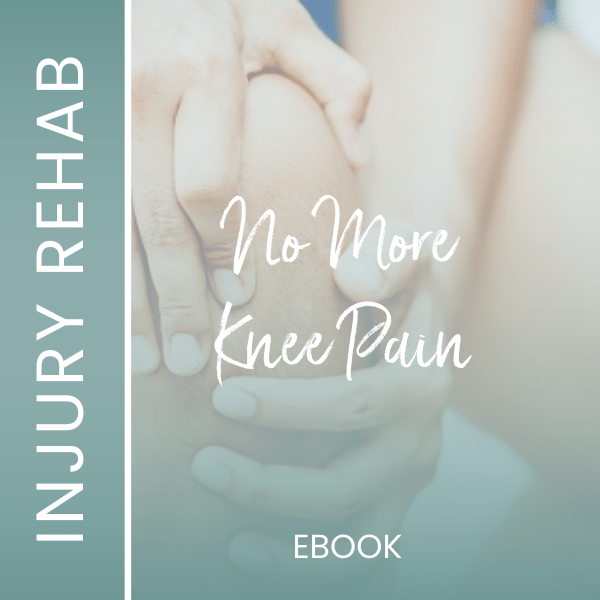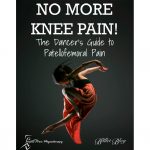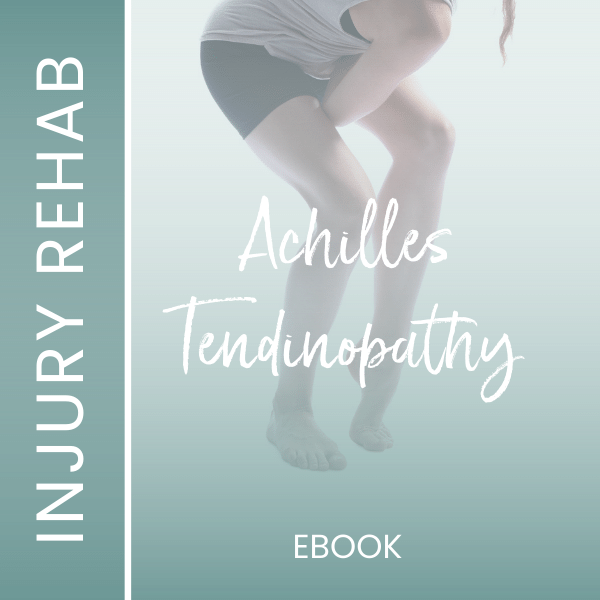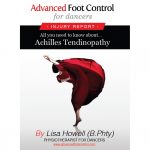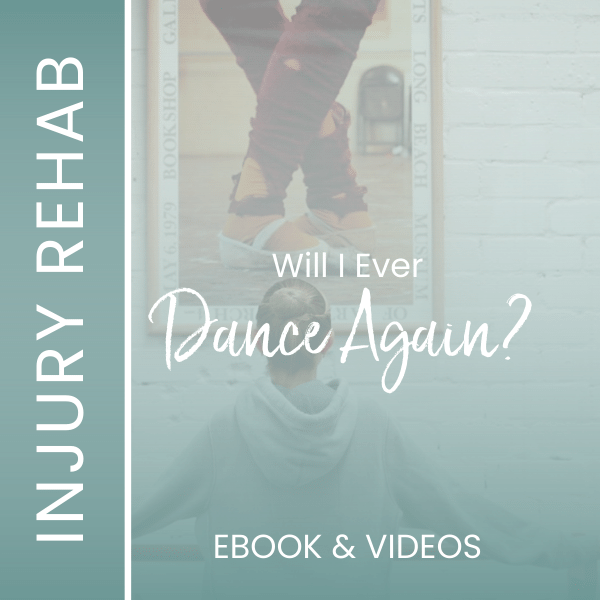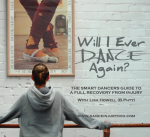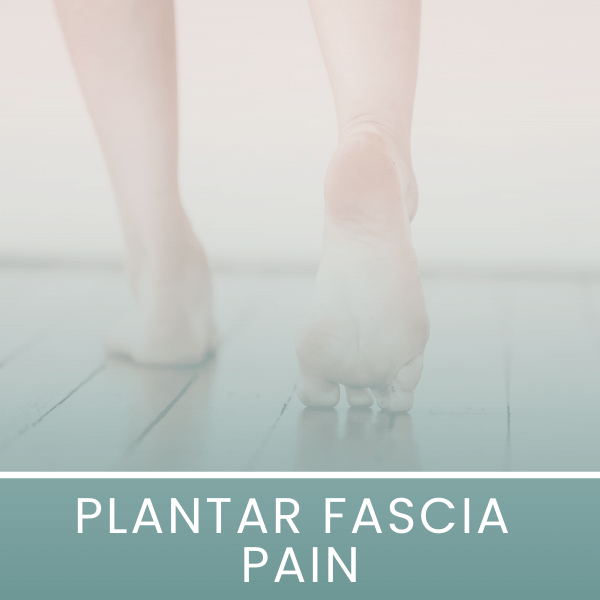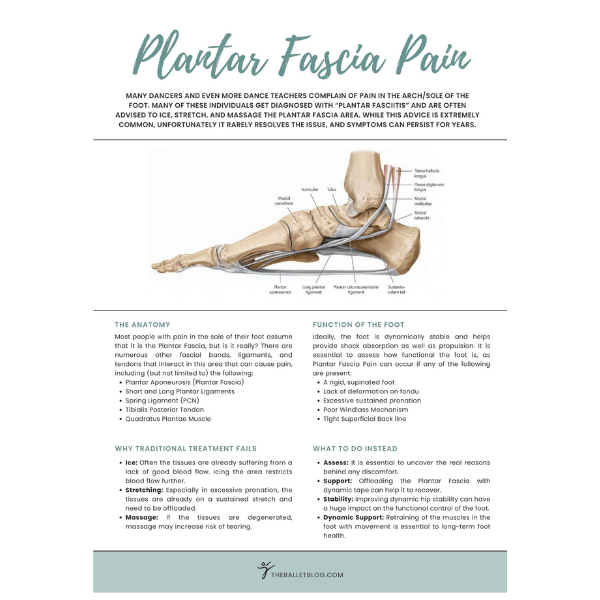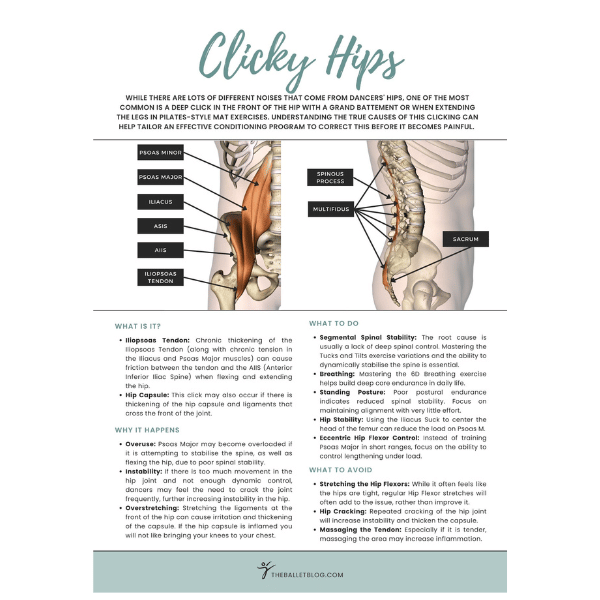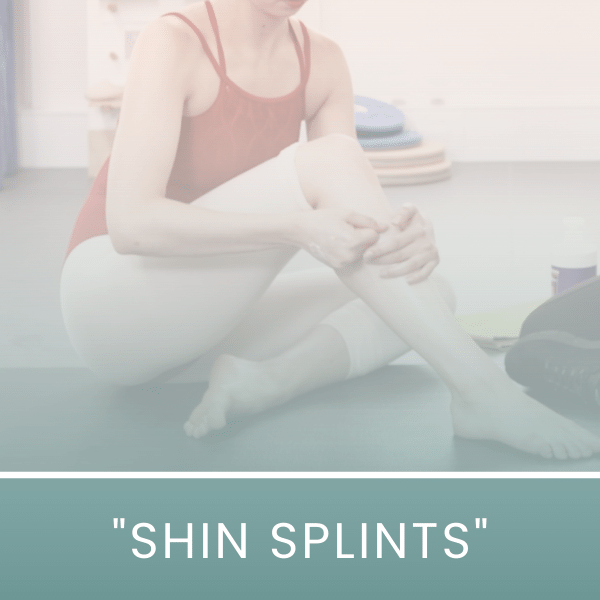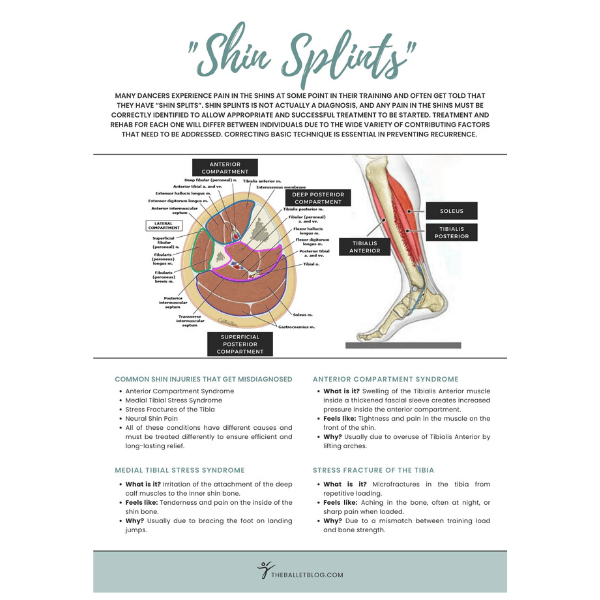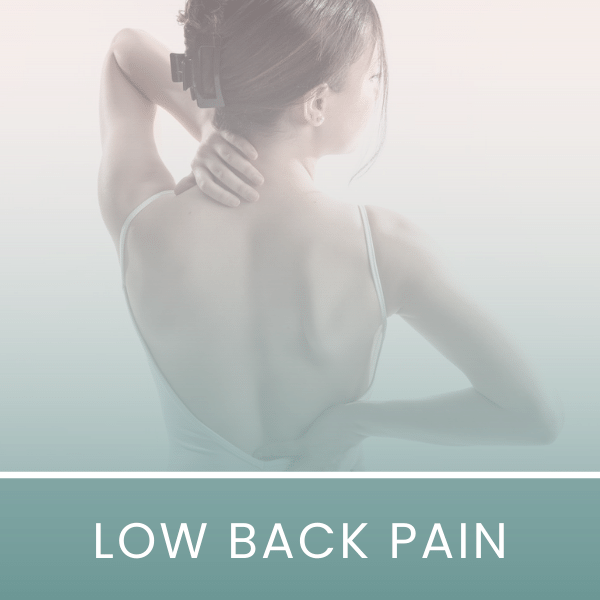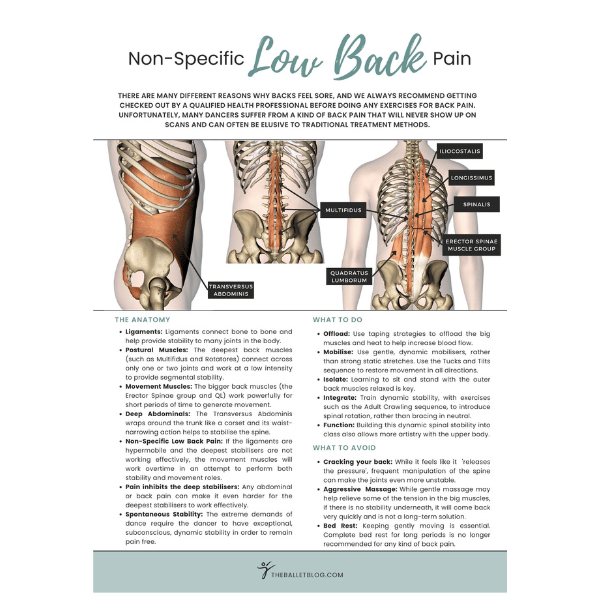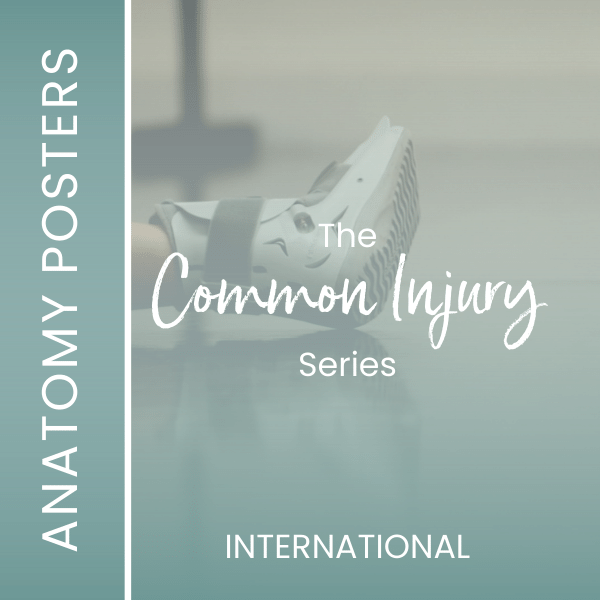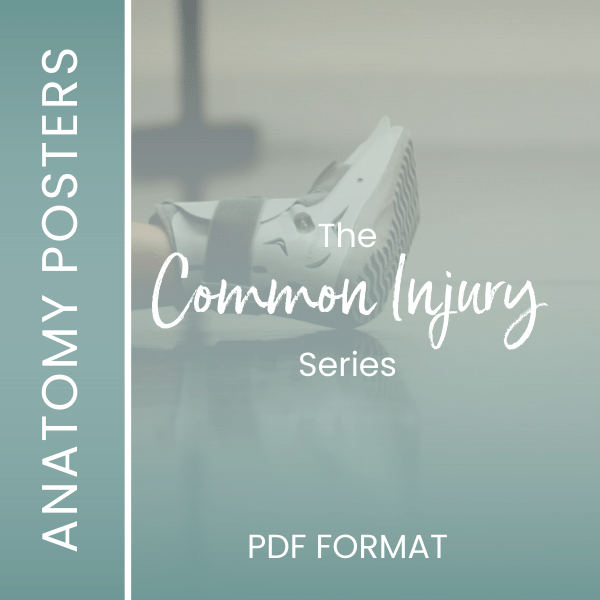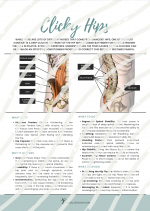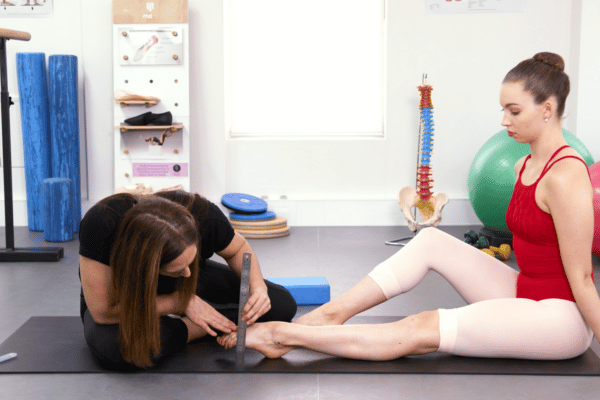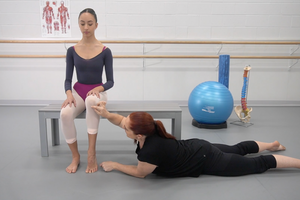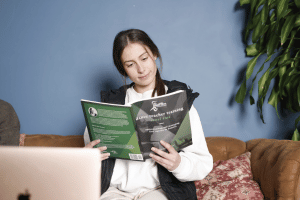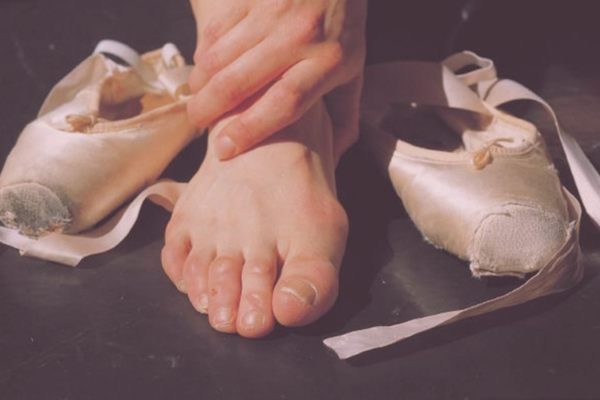How Ballet Dancers Can Avoid Common
Foot Injuries
Most dancers will complain of some foot injury at some stage in their training, and professional ballet dancers will often be plagued with chronic foot injuries, ranging from mild ones that are nursed for years, to severe injuries that may be career-ending. The truth is, that many common foot and ankle ‘injuries’ occur as a result of poor “intrinsic” foot muscle strength. The “intrinsic” foot muscles are tiny little muscles that start and end within the foot, that help control the position of a ballet dancer's arch, and are responsible for the control of her toes within the shoe en pointe. If these small muscles are not working effectively, larger muscles called the “extrinsic” foot muscles, that originate further up the leg become overused, as they attempt to perform two roles. This often leads to conditions such as “Anterior Compartment Syndrome”, “Stress Fractures” of the shin bone (tibia), or ‘Medial Tibial Stress Syndrome”, commonly known as “Shin Splints”. However, with correct strengthening combined with gentle hands on technique many of these ‘chronic’ injuries settle very quickly.
Weakness in the intrinsic foot muscles and overuse of the extrinsic often results in the toes ‘clawing’ both when rising, and en pointe. This is one of the biggest causes behind the nasty blisters that are often seen in photos of professional ballet dancers, however, this does not have to be the case. Control of the intrinsic allows the middle joint of the toes to remain straight while fully pointing the rest of the foot. This does not affect the look of the line of the foot, but does make dancing much more enjoyable when free of pain!
In many other sports, orthotic devices may be worn in the footwear required that will help stabilize the arch and settle symptoms related to poor intrinsic muscle strength. Unfortunately, in ballet slippers, these orthotics cannot be worn (although many have attempted this!) so the dancer is often left to ‘live with’ symptoms, or have repeated extended breaks from dancing.
Watch the following video to see Lisa's perspective on whether dancers should or shouldn't wear orthotics.
With correct strengthening combined with gentle stretching however, many of these ‘chronic’ injuries settle very quickly. “The Perfect Pointe Book” is a comprehensive collection of many exercises designed to specifically strengthen the foot muscles needed in any ballet dancer. While initially designed to help girls strengthen their feet before going onto pointe, this book is essential reading for any dancer, especially if they have had, or currently have any foot injuries. The exercises have been developed after years of working closely with ballet dancers, and seeing first-hand what is most effective in regaining control of these small muscles.
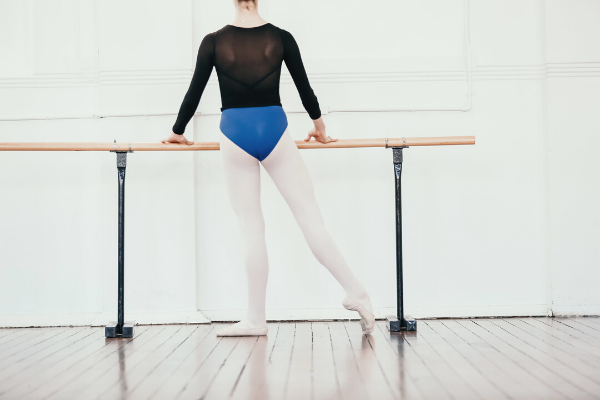
Foot Injury Resources
If you are looking to delve deeper into how to best manage dancer's foot injuries, check out the following programs:
- Will I Ever Dance Again: The “Will I Ever Dance Again?” program is perfect if you are unable to train at full capacity, whether this is due to a foot injury, surgery, an accident or illness outside of the studio. It helps you build back to full capacity gradually while maintaining strength, flexibility and control in the rest of the body.
- Level One Dance Teacher and Therapist Training: This unique course covers a multitude of assessment and treatment techniques to individualise a dancer's training. With special focuses on Postural Control, Core Stability, Flexibility, Basic Classical Technique, The Dancers Hip, Allegro, Spinal Mobility and Arabesques, it is suitable for anyone working closely with dancers.

